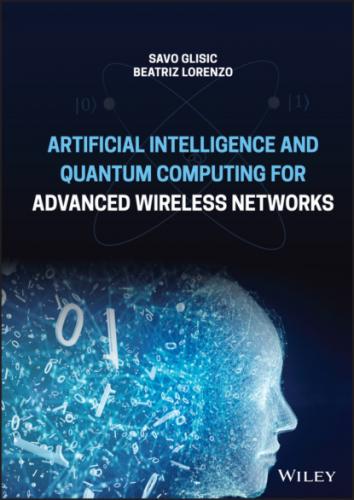(5.24)
where αij is the attention coefficient of node j to
(5.25)
The layer utilizes multi‐head attention similarly to [33] to stabilize the learning process. It applies K independent attention mechanisms to compute the hidden states and then concatenates their features (or computes the average), resulting in the following two output representations:
(5.26)
(5.27)
where
Apart from different variants of GNNs, several general frameworks have been proposed that aim to integrate different models into a single framework.
Message passing neural networks (MPNNs) [36]: This framework abstracts the commonalities between several of the most popular models for graph‐structured data, such as spectral approaches and non‐spectral approaches in graph convolution, gated GNNs, interaction networks, molecular graph convolutions, and deep tensor neural networks. The model contains two phases, a message passing phase and a readout phase. The message passing phase (namely, the propagation step) runs for T time steps and is defined in terms of th message function Mt and the vertex update function Ut . Using messages
(5.28)
where evw represents features of the edge from node v to w. The readout phase computes a feature vector for the whole graph using the readout function R according to
(5.29)
where T denotes the total time steps. The message function Mt , vertex update function Ut , and readout function R could have different settings. Hence, the MPNN framework could generalize several different models via different function settings. Here, we give an example of generalizing GGNN, and other models’ function settings could be found in Eq. (5.36). The function settings for GGNNs are
(5.30)
where
Non‐local neural networks (NLNN) are proposed for capturing long‐range dependencies with deep neural networks by computing the response at a position as a weighted sum of the features at all positions (in space, time, or spacetime). The generic non‐local operation is defined as
(5.31)
where i is the index of an output position, and j is the index that enumerates all possible positions. f(hi, hj) computes a scalar between i and j representing the relation between them. g(hj) denotes a transformation of the input hj , and a factor 1/
There are several instantiations with different f and g settings. For simplicity, the linear transformation can be used as the function g. That means g(hj) = Wghj , where Wg is a learned weight matrix. The Gaussian function is a natural choice for function f, giving
5.1.3 Graph Networks
The Graph Network (GN) framework [37] generalizes and extends various GNN, MPNN, and NLNN approaches. A graph is defined as a 3‐tuple G = (u, H, E) (H is used instead of V for notational consistency). u is a global attribute,
